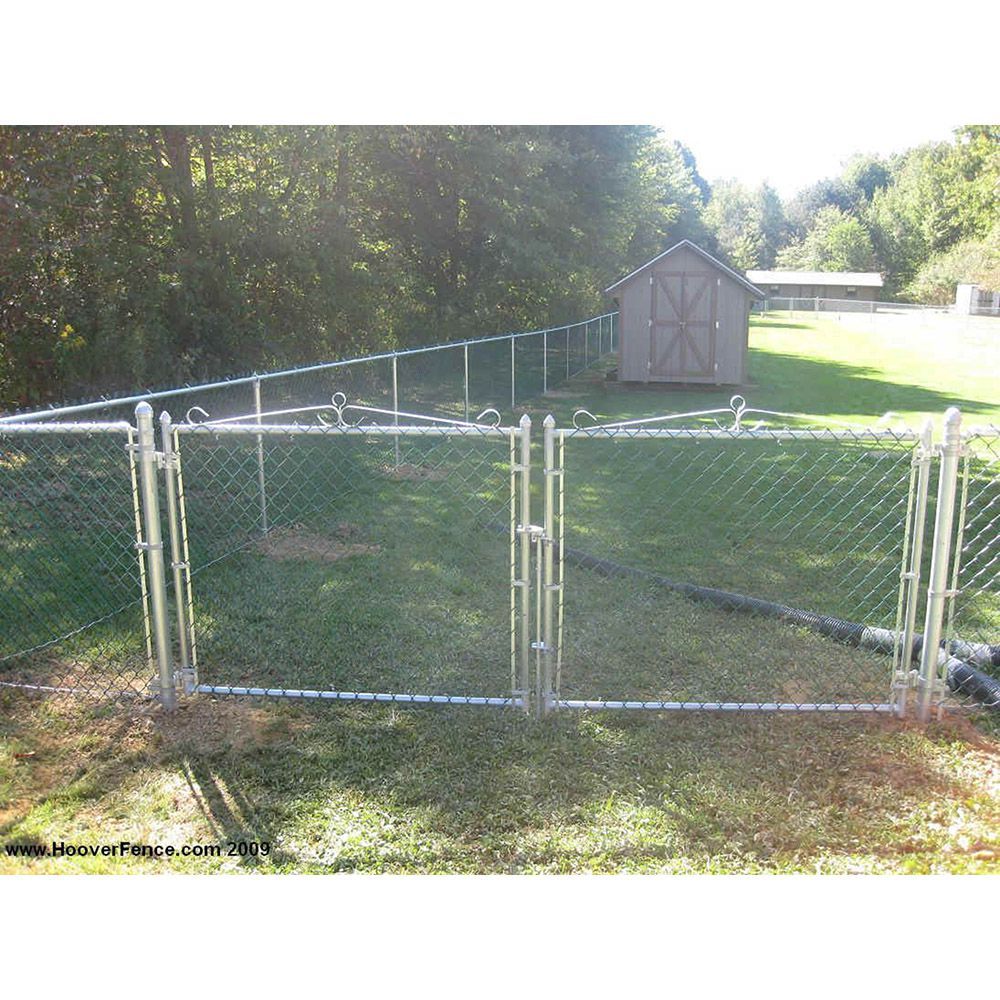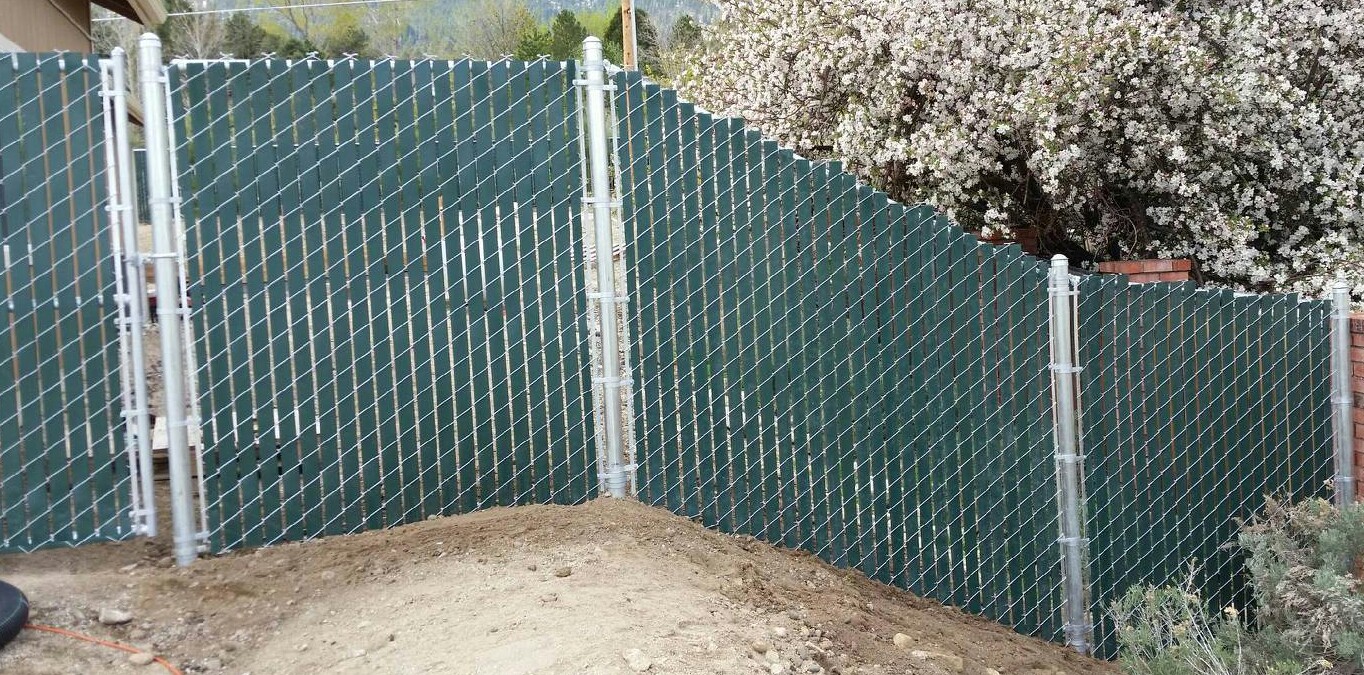Install Chain Link Fence Slope

Sep 29, 2015 chain link on uneven ground. Minecraft single player world edit 1.7.2. I need some guidance on installing a chain link fence on uneven ground. I don't have a severe decline or slope. Chain link on uneven ground. I need some guidance on installing a chain link fence on uneven ground. I don't have a severe decline or slope.
. Question: My property is not level. The terminal posts must be installed plumb. How do I connect the square end of the chain link fabric to a post that will not be square to the fabric? Reply: What you need to do in this situation is to make an angle cut on the end of chain link fabric prior to terminal post hookup to allow for slopes.
If the top edge of the fabric does not create a right angle to the terminal post, the fabric must have a bias cut and the tension bar must slide into that end at the appropriate angle in order to be parallel to the post. Failure to do so will leave the top or bottom of the fabric loose, depending on the whether the slope rises to the terminal post or falls down to the terminal post. See Figures 'A' and 'B'. Making The Bias Cut Install the top rail.
Inexpensive Chain Link Fence Install
Tie the chain link loosely to the top rail in the proper postion on the rail, so it follows parallel to the top rail. Pull it to the terminal post until the shortest of the two, top or bottom, just reaches the post.
The other corner of the fabric will overlap the terminal (Figure B). Count the number of weaves (not diamonds) that overlap the terminal on the long corner. Let's call this 'Cut Count'. This count is the number of cuts that must be made ultimately. Next, count the number of full diamonds on the height (Height Count).
Divide the 'Height Count' by the 'Cut Count'. Round up to nearest whole number. This number (Diamond Count) represents the number of diamonds to count before making a weave cut. Figure B illustrates an upward grade. The grade could be exactly opposite, a downward grade. The grade type will determine which end needs to be cut.

In Figure B, you must start counting down from the top. Count out the 'Diamond Count' and cut the last weave in the roll. Remove the bottom portion of that weave from the fabric, cutting the other end of the weave, if necessary. At the cut, count down your 'Diamond Count' and cut the next weave.
Install Chain Link Fence On Slope
Remove the bottom portion again. Repeat until you reach the bottom of the fence. The tension bar can now be slid into the fabric following the angle created by your bias cut. It is possible that the bias is so sharp (Diamond Count of 1 or 2), that it is nearly impossible to slide the tension bar into the fabric. You may have to bend the diamond slightly where the tension bar is hitting a weave as it is slid into the fabric. MORE INFORMATION.
. Check all local building codes and homeowner’s association guidelines for acceptable fence styles, size and placement. Codes may also specify post hole requirements. If you’re still not sure if a chain-link fence is the right choice, watch for more options and check out our. Lowe’s also offers a. Determine if a permit is necessary. Make sure you know and mark your property lines and talk with your neighbors about the project.

Use graph paper to draw a plan for your fence. Note the post locations and gate locations. Some towns might require this plan for an approved building permit. Installing a fence is, at least, a two-person job.
Enlist a helper before beginning. Fence materials are heavy and bulky. Consider renting a truck to transport your materials or having them delivered to your home. Add concrete mix to the post holes. You can choose between regular-set and fast-set options.
Follow the manufacturer's instructions for mixing. If using regular-set concrete, mix it to the consistency of thick cake batter. Fill around each post. Leave the concrete a few inches below ground level.
Slope it away from the post to help with water runoff. If using fast-set concrete, pour the dry mix around each post to a few inches below ground level and add water. Initially the water will sit on top, but eventually will work its way to the bottom. Use a stake to mix it if needed, but don't overwork it.